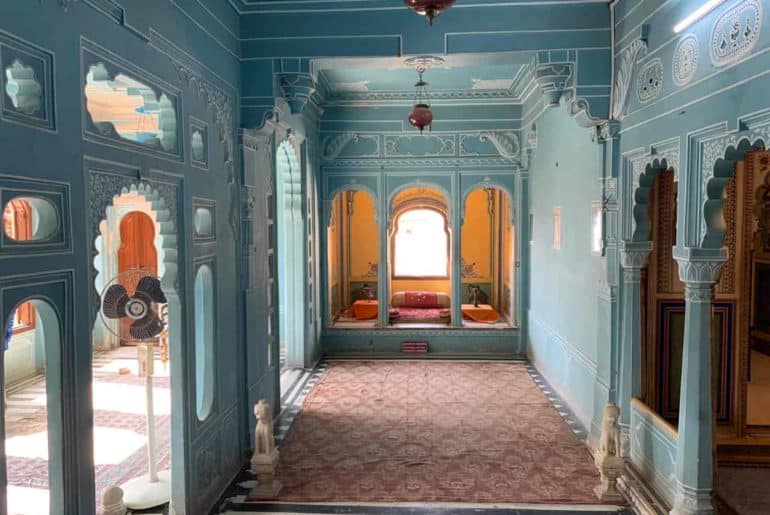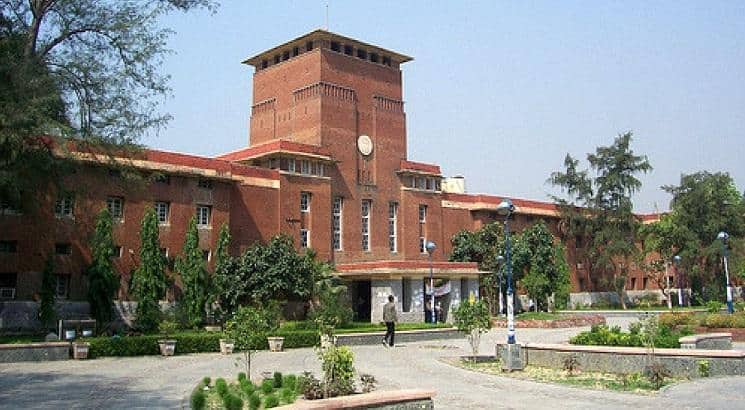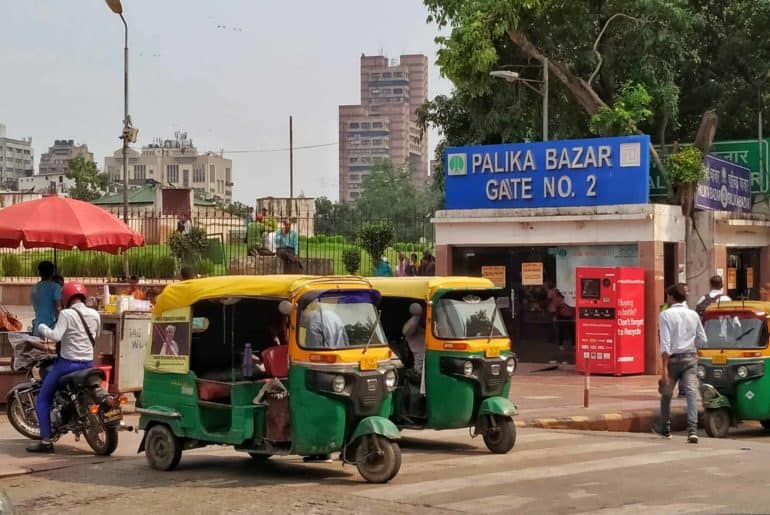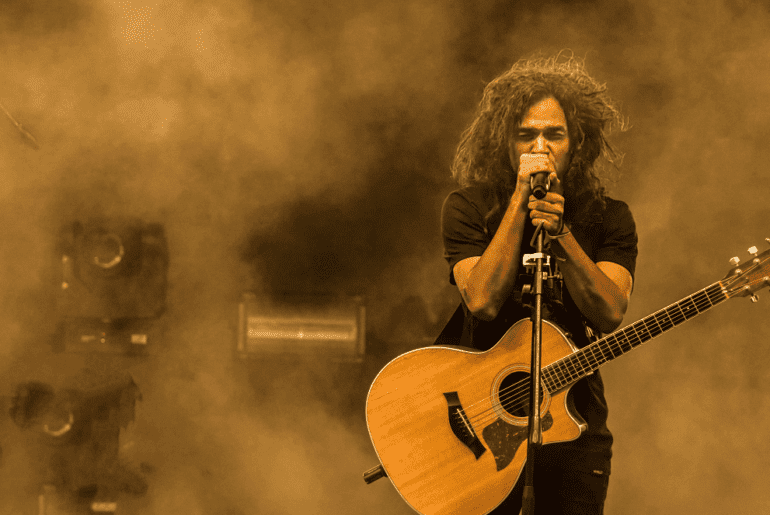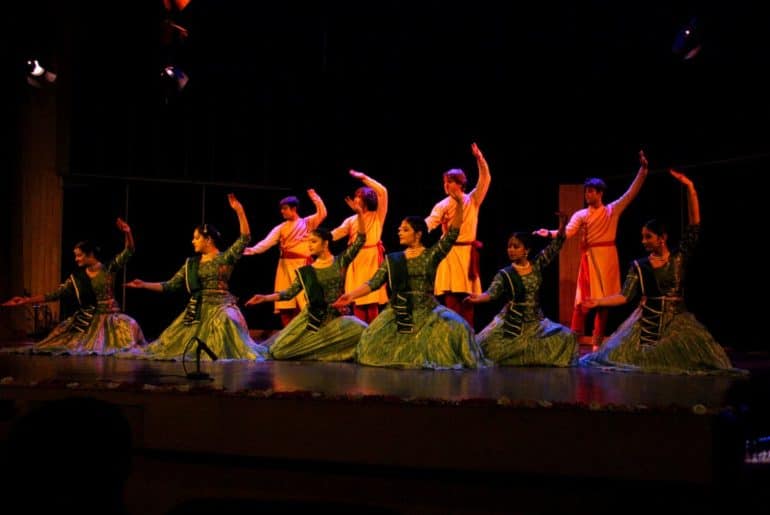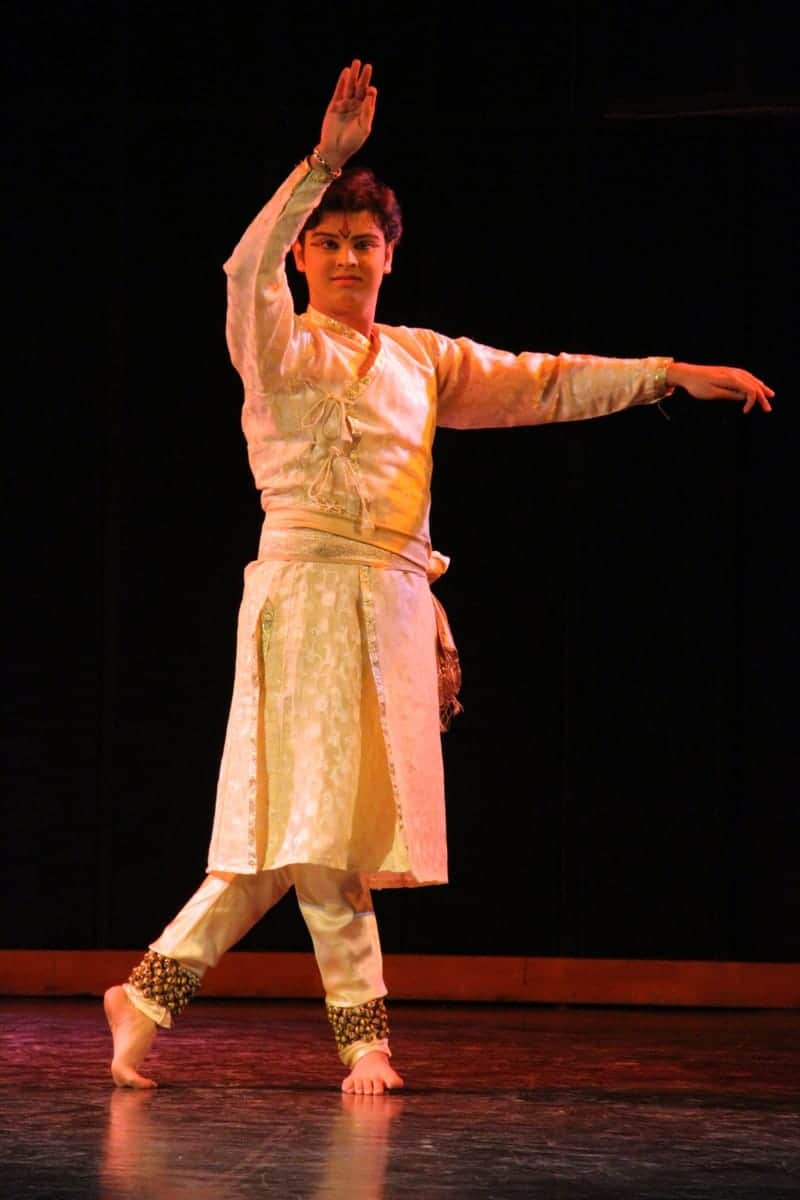At a time when people are becoming more and more dependent on the Internet as a source of information, there is a need to look into from where we’re getting that information, and if it’s something we should be relying on.
Over the past decade, anyone who has had the slightest interaction with the internet and social media platforms has come across memes- a concept that has completely taken over our perception of information, humour and interactions online. Merriam Webster defines memes as an amusing or interesting item (such as a captioned picture or video) or genre of items that is spread widely online especially through social media.
Memes have gone from minor sources of temporary entertainment to a way of humorous expression of facts and opinions. While that may seem like an effective way of relaying information, it more than often is not.
Mike Godwin, in 1990, said that “As an online discussion grows longer, the probability of a comparison involving Nazis or Hitler approaches 1”, a statement that is popularly known as Godwin’s Law today. The intention of this ‘law’ was to counter the comparisons with Nazi Germany, something that he felt was disrespectful to those who’d suffered due to the Holocaust. This example, however, throws light on how memes impact the way we think and how they normalise events and thought processes that maybe shouldn’t be normalised.
Now the question is, how is meme culture problematic when related to serious issues? Firstly, Memes rely on simplification- and at times, an oversimplification. In a situation like that, it becomes hard for the target audience of a meme to understand the true essence of a particular situation or issue that a meme is trying to represent. Issues like conscription, the refugee crisis, etc. cannot be properly portrayed in stills and references from Call of Duty (the video game) or videos of crabs dancing, and that lack of proper understanding rarely leads to large scale political awareness or discourse.
Secondly, there is no responsibility and accountability on the part of the meme creator to provide factually correct information. It is also harder to trace misinformation back to the creator in case of memes than it would be in other cases, such as news reports. In a world where what we see and read on the internet instantly becomes the basis on what we form our opinion, that lack of responsibility is a dangerous issue, because people can be made to think in certain ways without being entirely aware of all the facts. An example of this could be the 2016 US Presidential Election, where a number of people came out and claimed how they ‘memed’ Donald Trump into the office in 2016, with a similar trend being observed with far-right groups in France. This ability to twist public opinion trivialises processes such as elections.
Thirdly, memes often end up being about pulling opponents down and trolling them, rather than talking about issues. An example would be the recent meme war between the Aam Aadmi Party (AAP), Congress and Bharatiya Janata Party (BJP) in the run-up to the Delhi State Elections. All sides have tried to use memes to reach out to a younger audience, but have focussed only on how the other sides failed to deliver. In that case, problems they should be highlighting have taken a backseat and thus become trivialized.
These issues were seen very recently when the USA killed Qasem Soleimani, an Iranian general, which led to a war-like situation in the middle east for several days. However, the reactions we saw on the internet were not those that promoted dialogue and a proper understanding of the issue, instead, we saw insensitive memes that ignored reality, such as one which explained how to fake mental illnesses to avoid getting drafted in the army. This war would definitely not take place within the boundaries of the United States, and at a time when people’s lives in the Middle East were at stake, making jokes on it is a move that lacks empathy. This instance proves how meme culture makes light of severe issues that could potentially have negative impacts on a very large scale.
Clearly, there’s a need for a more sensitive and empathetic world in order for us to counter and move forward from the problems that we are facing. In order for that to happen, it’s important to change the way we utilise and look at memes.
Feature Image Caption: “The intentional pairing of a man pointing a gun at the viewer with the concept of refugees, combined with the intentionally shocking font and color is nothing less than fear-mongering and manipulation that would have made Joseph Goebbels proud.”
Feature Image Credits: The Daily Utah Chronicles
Khush Vardhan Dembla


